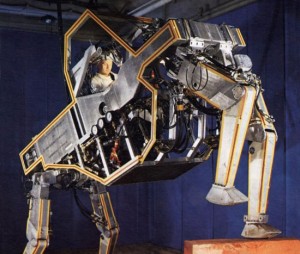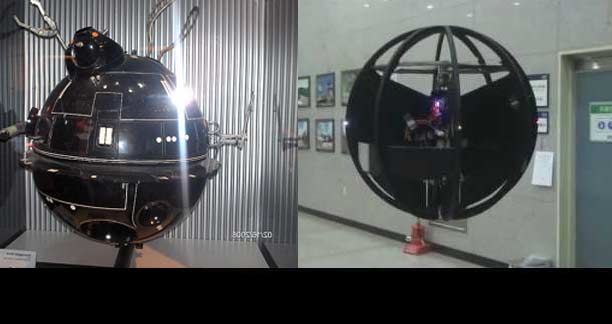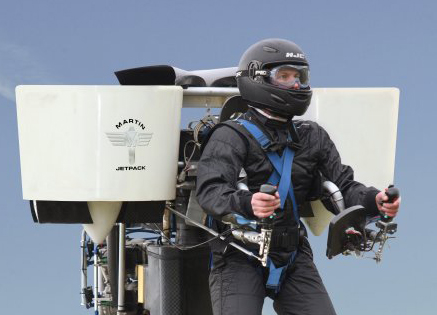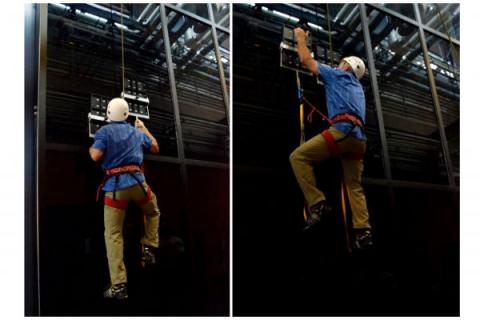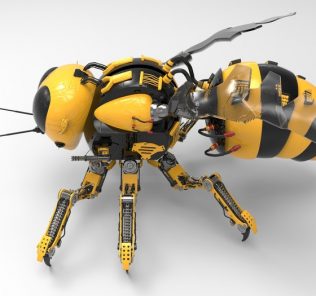
Researchers have created adhesive gloves that let a person climb sheer glass like Spider Man
‘The gecko is the most incredible climber in the animal kingdom, so it’s no surprise that researchers have been working to mimic this ability for decades, and as amazing as it sounds, they may have just done it.
Four Years ago, a group from the Cambridge Massachusetts’ Draper Laboratory was successful with a small climbing robot known as the Stickybot. Later, we learned the group was looking into applying the Stickybot tech to a system that would allow humans to climb up vertical surfaces. Now, the researchers have announced the first successful demonstration of that system, known as Z-Man.
In the demo, a 218-lb (99-kg) climber used two hand-held Z-Man paddles – each with a foot stirrup hanging beneath it – to ascend and descend 25 feet (7.6 m) of flat vertical glass. They additionally wore a 50-lb (22.7-kg) pack in one trial.
(Early Version of the Z-Man System)
Like the Stickybot, the Z-Man system duplicates the structure of the gecko’s footpad. On that pad are a myriad of tiny hair-like structures called setae. Each of these are in turn tipped with between 100 and 1,000 even smaller spatulae. Utilizing a type of molecular attraction known as van der Waals force, these spatulae branch out and mesh with the molecules of the climbing surface. Importantly, the spatulae are also able to easily disengage from the surface when pulled in the right direction, without leaving any residue behind.

Geckos can climb on a wide variety of surfaces, including smooth surfaces like glass, with adhesive pressures of 15-30 pounds per square inch for each limb, meaning that a gecko can hang its entire body by one toe thanks to a microscopic hierarchical structure composed of stalk-like setae (100 microns in length, 2 microns in radius). Now researchers hope to create a paddle to allow human s to climb.
While the task of duplicating the pads to work like a gecko was extremely difficult, additional challenges remained in developing it to support the weight of a human. It was particularly important to strike a balance between the paddles’ adhesive force in both parallel and perpendicular orientations to the climbing surface, to keep the climber from falling off as they detached and then reattached the paddles.
Learn How They Did It Below
























